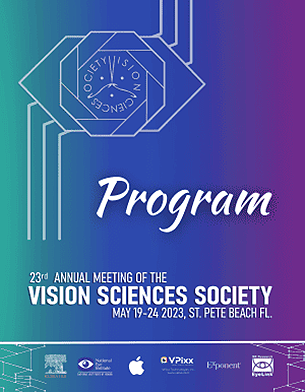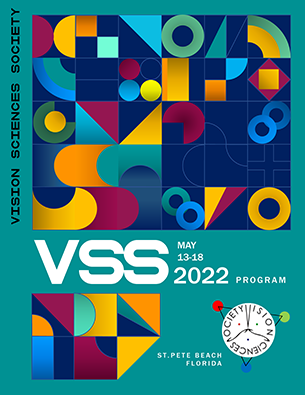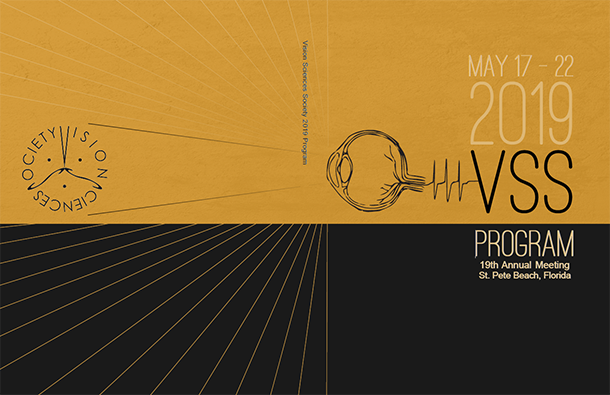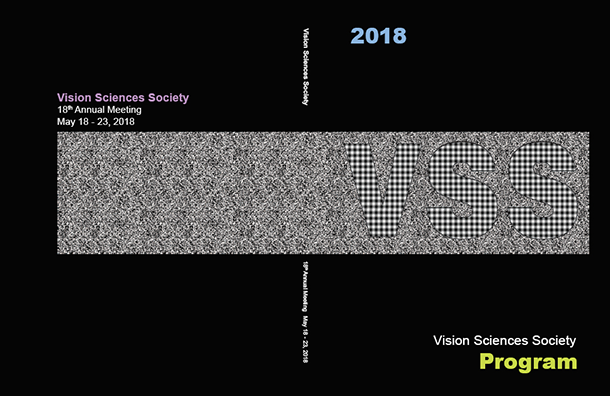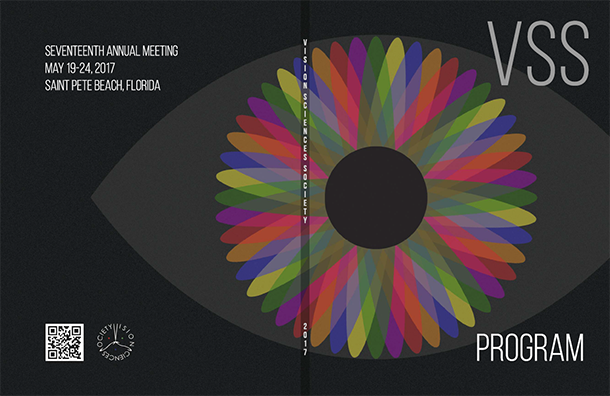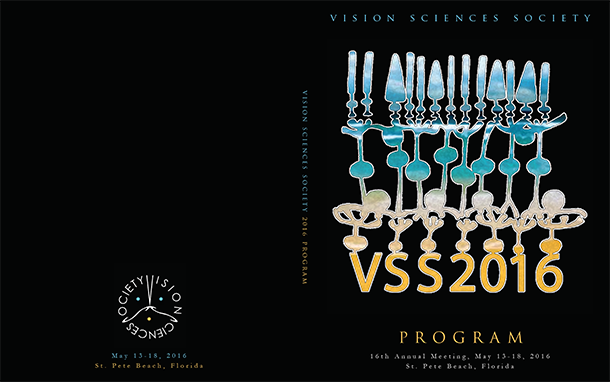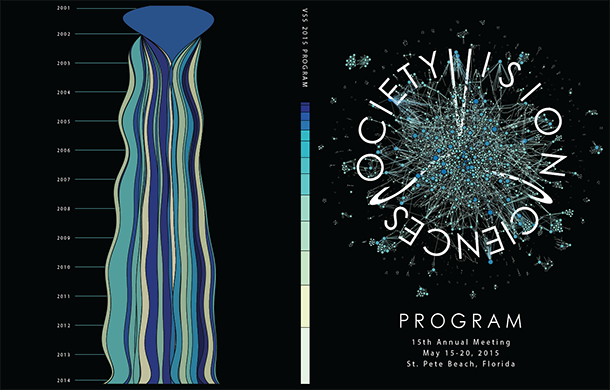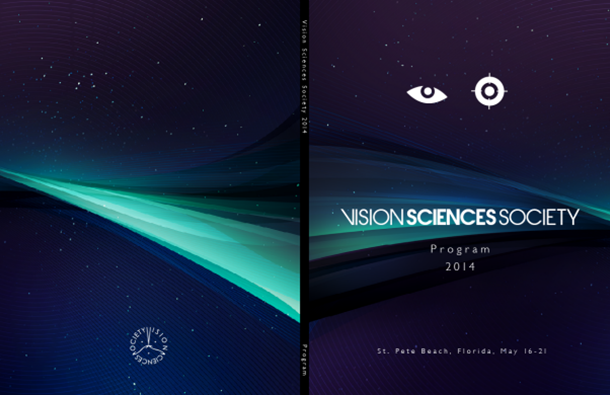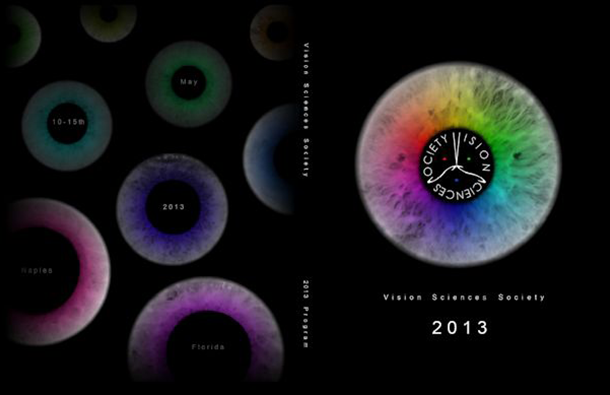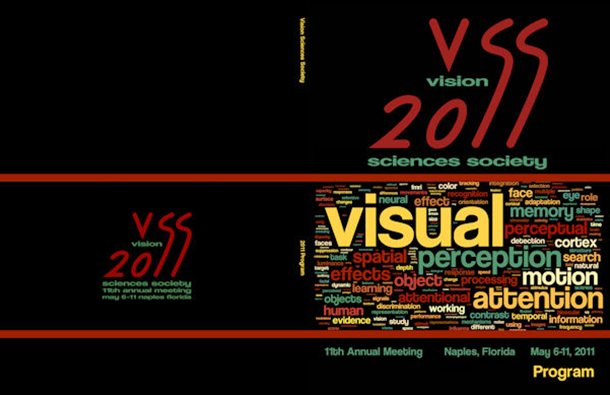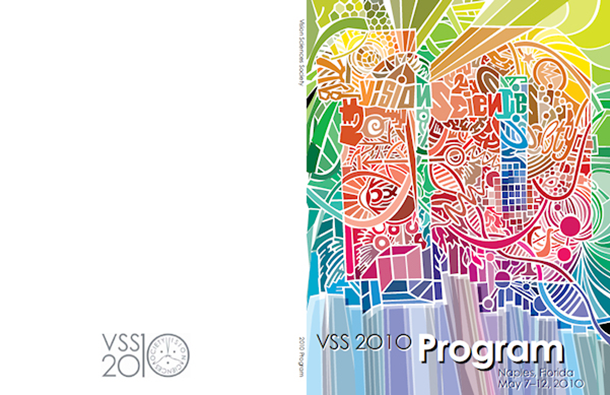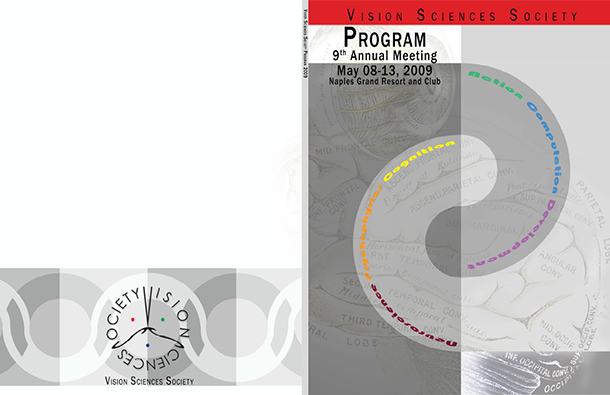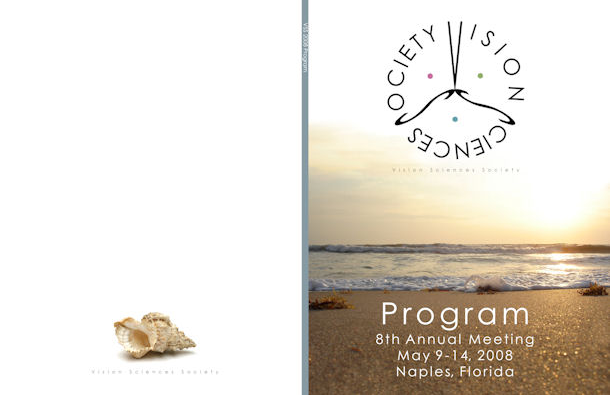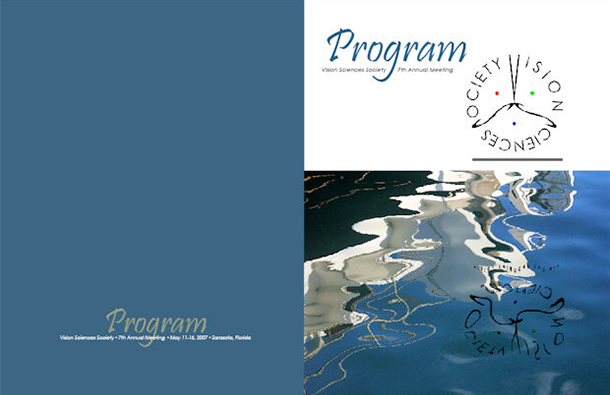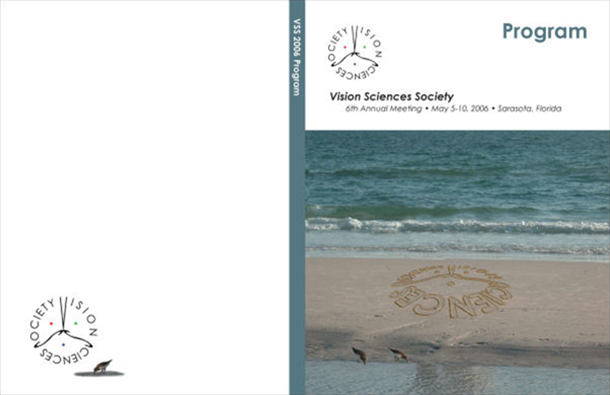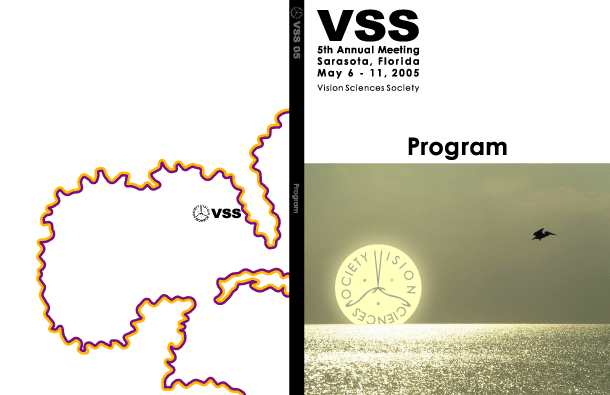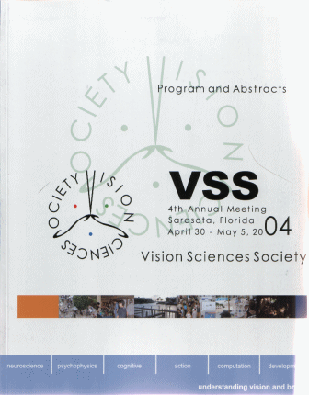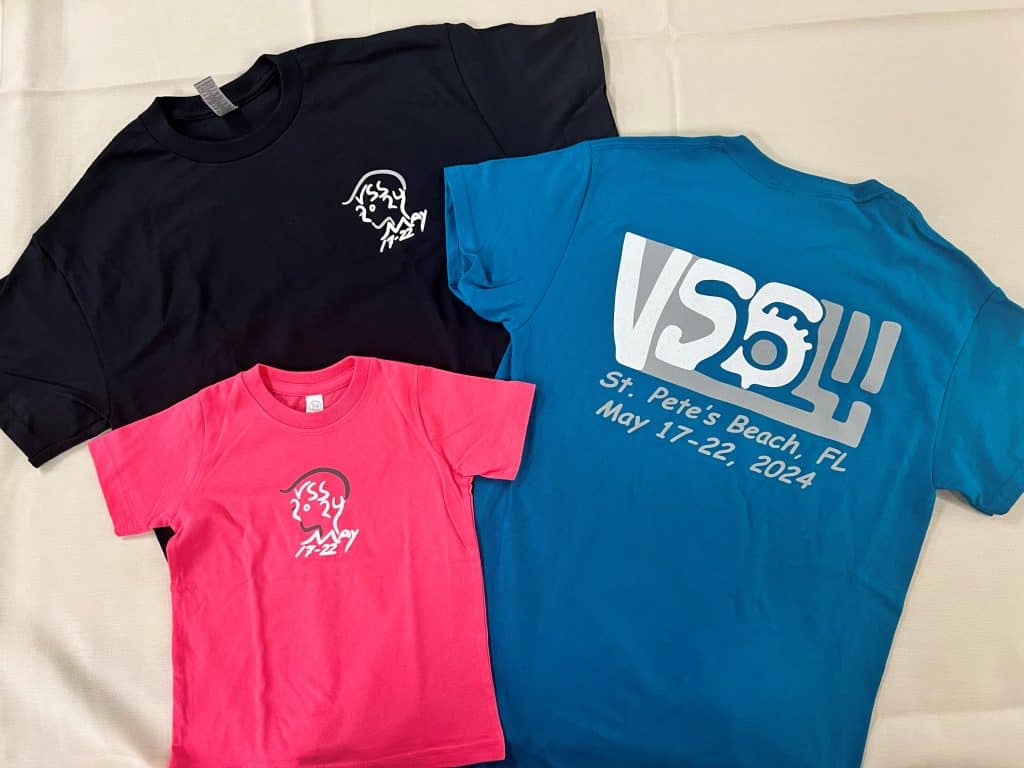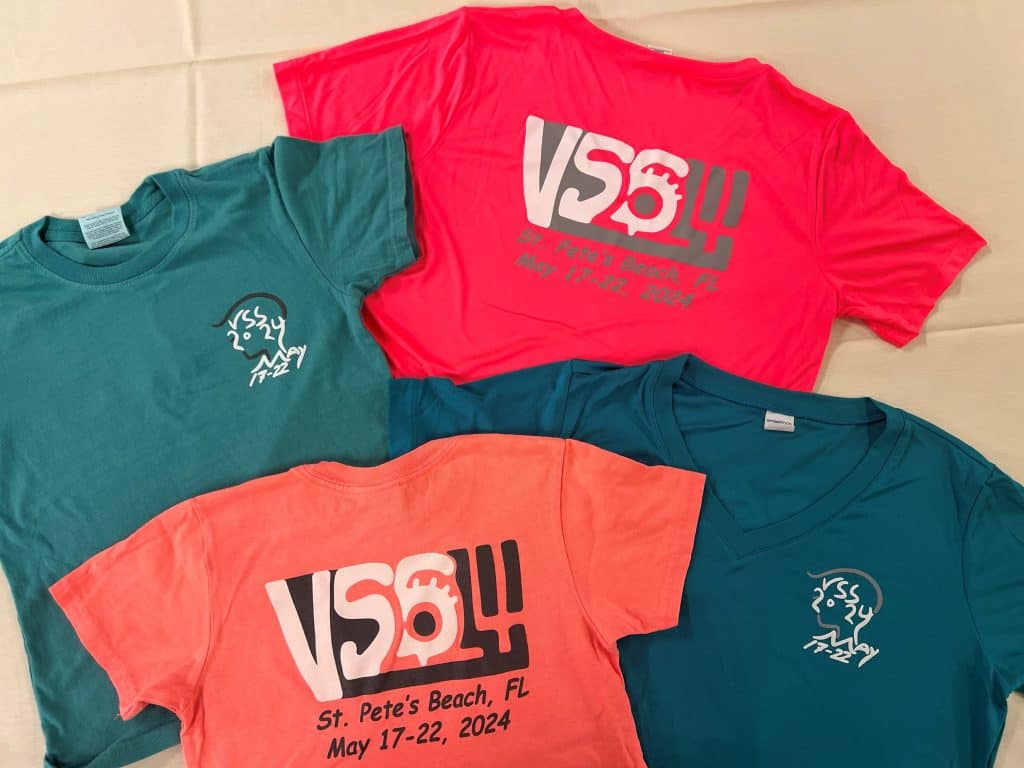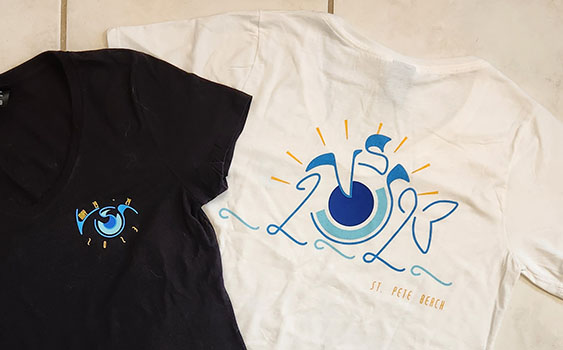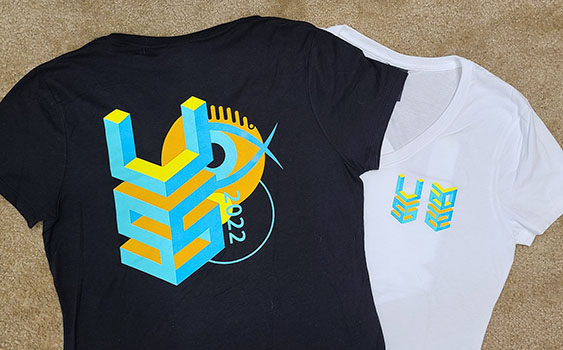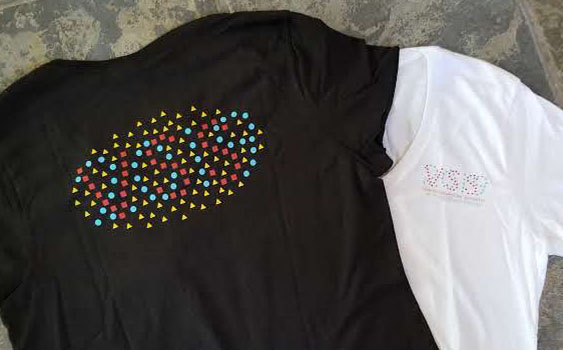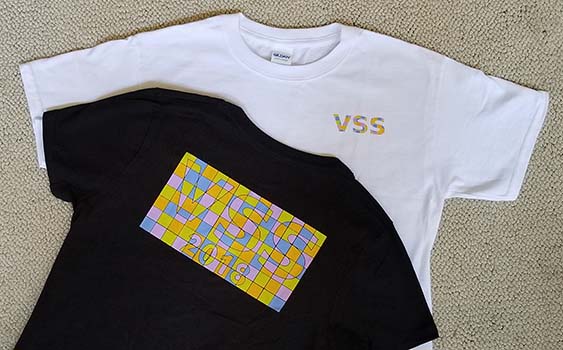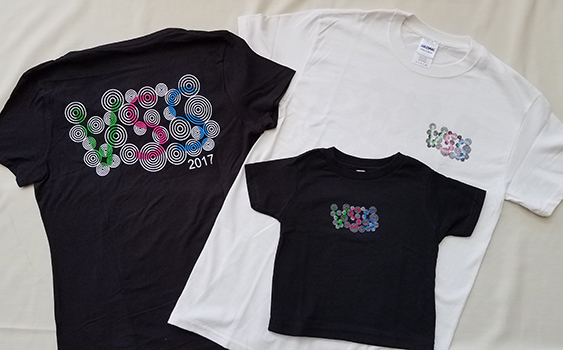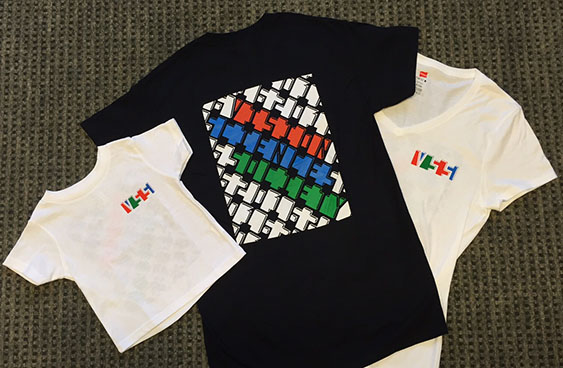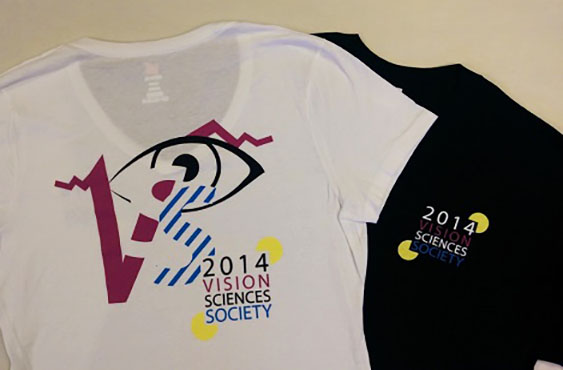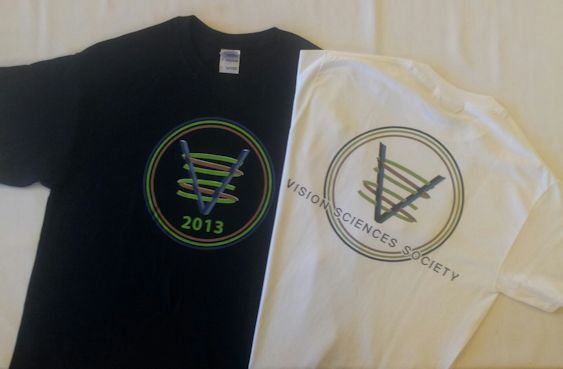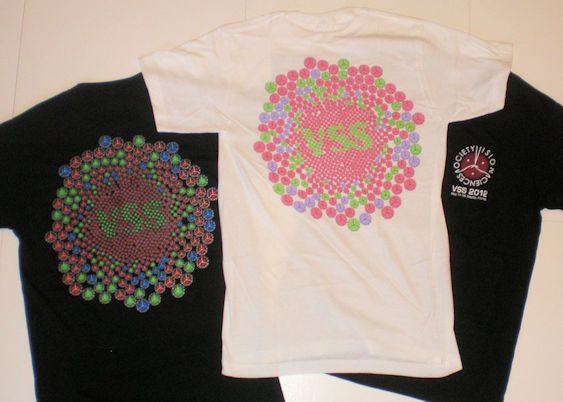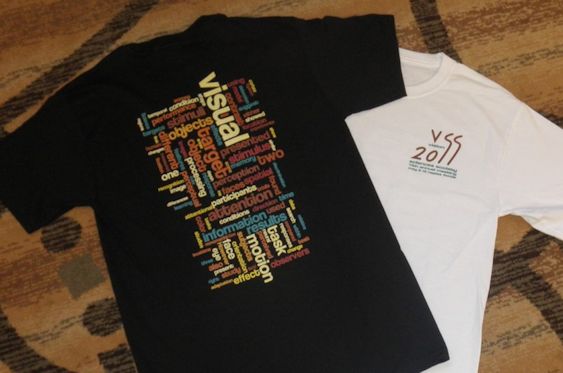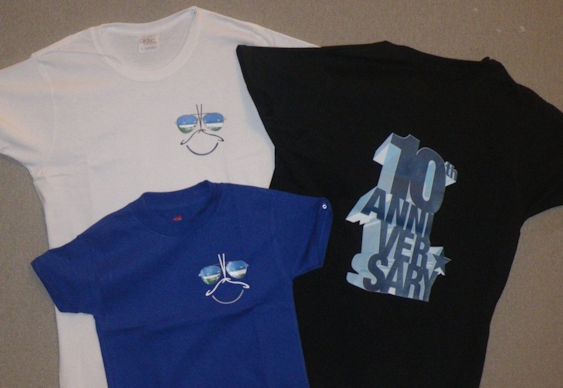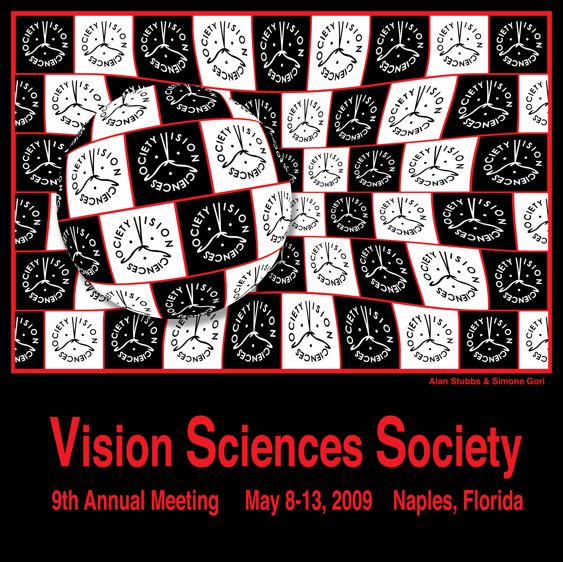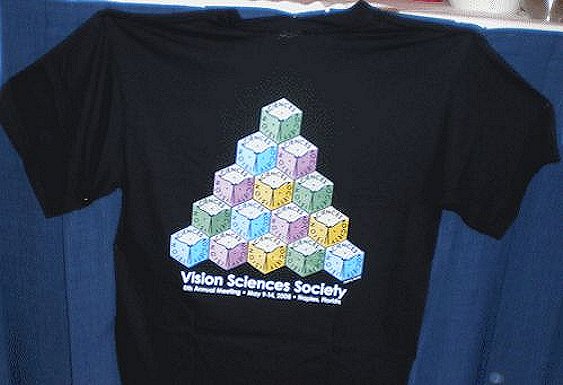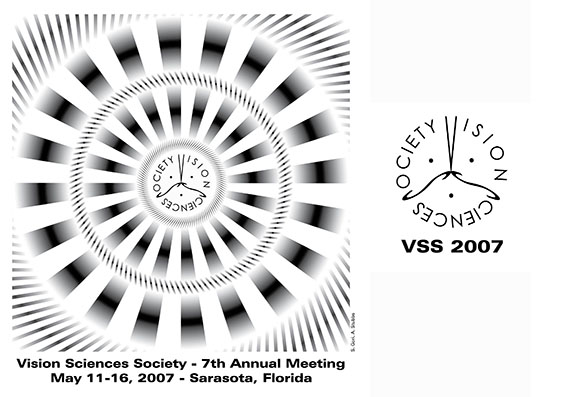Monday, May 18, 2015, 6:00 – 10:00 pm
Beach BBQ: 6:00 – 8:00 pm, Beachside Sun Decks
Demos: 7:00 – 10:00 pm, Talk Room 1-2, Royal Tern, Snowy Egret, Compass, Spotted Curlew and Jacaranda Hall
Please join us Monday evening for the 13th Annual VSS Demo Night, a spectacular night of imaginative demos solicited from VSS members. The demos highlight the important role of visual displays in vision research and education. This year’s Demo Night will be organized and curated by Gideon Caplovitz, University of Nevada Reno; Arthur Shapiro, American University; Dejan Todorovic, University of Belgrade and Karen Schloss, Brown University.
A Beach BBQ is served on the Beachside Sun Decks. Demos are located in Talk Room 1-2, Royal Tern, Snowy Egret, Compass, & Spotted Curlew.
Demos are free for all registered VSS attendees and their families and guests. The Beach BBQ is free for attendees, but YOU MUST WEAR YOUR BADGE to receive dinner. Guests and family members must purchase a ticket for the Beach BBQ. You can register your guests at any time at the VSS Registration Desk, located in the Grand Palm Colonnade. A desk will also be set up on the Seabreeze Terrace at 6:30 pm.
Guest prices: Adults: $25, Youth (6-12 years old): $10, Children under 6: free
#theDress: An explanation based on simple spatial filter
Arthur Shapiro, Oliver Flynn, Erica Dixon, American University
Individual differences in the perception of #theDress have generated numerous hypotheses regarding color constancy. Here we demonstrate that the effects of simulated illumination on #theDress can be negated with a simple spatial filter (See Shapiro & Lu 2011). Could the #theDress phenomena indicate variation in a spatial gain control?
#theDress: A Color Constancy Color Controversy
Rosa Lafer-Sousa, Department of Brain and Cognitive Science, MIT, Bevil Conway, Wellesley College, MIT
A photograph of a dress that drives two distinct color-percepts recently went viral. We believe the two percepts arise because the brain is guessing about the ambiguous illuminant (blueish-or-yellowish?). We show that the identical dress in two unambiguous contexts can yield the two distinct percepts that divided the Internet.
A Rotating Square Becomes Both Non-Rigid and Non-Uniform
Harald Ruda, Guillaume Riesen, Northeastern University
A simple white square, rotating around its center has edges that become non-rigid for a range of speeds. In addition, a pattern of luminance variation in the shape of a darker cross also becomes apparent with rotation.
Adaptive and Gaze Contingent Contrast Sensitivity Testing
Edward Ryklin, Ryklin Software, Inc.
Quickly obtain your Contrast Sensitivity Function Curve by simply gazing at a series of dynamically presented Gabor patches. Generate a complete CSF curve in about 2 minutes.
Afterimages Foil Visual Search
Guillaume Riesen, Harald Ruda, Northeastern University
Visual search performance can be impacted by afterimages from previously fixated stimuli. Can you find the brightest target after looking at the adaptation stimulus, or will you be fooled by its afterimages?
Ambiguous Garage Roof
Kokichi Sugihara, Meiji University
A roof of a garage appears to be quite different when it is seen from two special viewpoints. The two viewpoints are realized simultaneously by a mirror. Even though we know that we are seeing the same object, our brains do not correct our inconsistent perception.
Assassin’s Creed Rogue – Player Immersion with Tobii Eye Tracking
Ken Gregory, Joanna Fiedler, Tobii Technology, Inc.
With Tobii eye tracking integration into Assassin’s Creed Rogue™, characters behavior is influenced by eye contact like in real life. Aim your weapon where you look while running in another direction. Make your games become deeply immersive, faster and more intense by adding eye tracking to traditional controls and game play.
Attention Beyond Pixels – Bridging Machines and Humans
Qi Zhao, Chengyao Shen, Xun Huang, National University of Singapore
We will present an interactive demo to show human-like gaze prediction in natural scenes that effectively bridges the semantic gap. Users can input new images from the Internet or taken using mobile devices on the spot, and see how it predicts where humans look.
Biological Motion: is that really me?
Andre Gouws, Peter Thompson, Rob Stone, University of York
A real-time demonstration of point-light biological motion. Walk, jump, dance in front of the sensor and see your point-light display. Using an Xbox Kinect sensor (approx $50), watch how we tweak some simple settings that can make apparent changes to your physical build, gender and even mood!
Blur photographs by light projection
Takahiro Kawabe, Shin’ya Nishida, NTT Communication Science Laboratories, Nippon Telegraph and Telephone Corporation, Japan
We demonstrate that it is possible to make real photographs printed on a paper apparently blurred by means of the projection of luminance patterns.
Can you read without your macula? A 1440Hz gaze-contingent paradigm
Peter April, Jean-Francois Hamelin, Danny Michaud, Stephanie-Ann Seguin, VPixx Technologies
How well could you read if you developed macular degeneration? VPixx Technologies will be demonstrating a 1440Hz gaze contingent display, using our PROPixx DLP projector refreshing at 1440Hz, and our TRACKPixx high speed binocular eye tracker. The gaze contingent paradigm will simulate a scotoma in your central visual field. Can you still read?
DPI precision eye drawings
Warren Ward, Ward Technical Consulting
Showing, by accurate eye tracking data, that we don’t really know our eye position. Chart recorder drawings will be demonstrated using real-time eye position.
Glow Toggled by Shape
Minjung Kim, New York University and York University, Laurie Wilcox, Dr. Richard Murray, York University
We rendered a blobby, Lambertian disc under purely diffuse light. From the front, the disc looks like an ordinary, solid, white object. However, as the disc rotates, revealing its underside, the disc takes a translucent appearance, and appears to glow.
Modulation of line length judgment of Vertical Horizontal illusion by mathematical observation
Ayane Murai, Masahiro Ishii, Sapporo City University
A stimulus that consists of two lines forming an inverted-T shape creates an illusion. One can mentally divide the linked lines into two disconnected lines, then rotate and translate one of them to compare. Our demo shows that the observers underestimate the length of a vertical line with this observation.
Motion parallax: Putting a Wii bit of depth in your world
Andre Gouws, Peter Thompson, University of York
Using just $20 worth of hardware (a Nintendo Wii remote and infrared LEDs), we will demonstrate that a simple spatial transformation of multiple 2D objects on a screen, relative to the tracked movements of an observer, can produce a striking sensation of scene depth and 3D virtual reality.
Reflections of the environment distort perceived 3D shape
Steven A. Cholewiak, Department of Psychology, Justus-Liebig-University Giessen, Germany, Gizem Küçükoğlu, Department of Psychology, New York University
We will showcase how a specular object’s image is dependent upon the way the reflected environment interacts with the the object’s geometry and how its perceived shape depends upon motion and the frequency content of the environment. Demos include perceived non-rigid deformation of shape and changes in material percept.
Reverse Stroop Battle
Caterina Ripamonti, Jakob Thomassen, Cambridge Research Systems Ltd.
Compete against your colleagues in the Reverse Stroop Battle. Two players will compete at the same time to determine who responds quickest to an identical set of stimuli presented simultaneously on two synchronised touchscreen monitors.
Robust Size Illusion Produced by Expanding and Contracting Flow Fields
Xue Dong, The Institute of Psychology, Chinese Academy of Sciences
We observe a new illusion that the positions of radially moving dots, which moved within an imaginary annular window, appear shifted in the opposite direction of motion. The apparent size of the inner annular boundary shrank during the dots’ expanding phase and dilated during the contracting phase.
Selective stimulation of penumbral cones to visualize retinal blood vessels
Manuel Spitschan, Geoffrey K. Aguirre, David H. Brainard, Department of Psychology, University of Pennsylvania
In 1819, Johann Purkinje described how a moving light source that displaces the shadow of the retinal blood vessels to adjacent cones can produce the entopic percept of a branching tree. We demostrate a novel method for producing a similar percept. We use a device that mixes 56 narrowband primaries under computer control, in conjunction with the method of silent substitution, to present observers with a spectral modulation that selectively targets penumbral cones in the shadow of the retinal blood vessels. Such a modulation elicits a clear Purkinje-tree percept.
Star Wars Scroll Illusion
Arthur Shapiro, Oliver Flynn, American University
The seventh episode of the Star Wars saga will be released later this year. It might be of interest to note that Kingdom’s ‘’Leaning Tower Illusion’’ can also be created with the scrolling text shown at the beginning of the Star Wars movies.
stimBOLD, Simulation from Visual Stimulus to BOLD
Mark Schira, School of Psychology, University of Wollongong
We have developed a stimBOLD toolbox that allows generating a prediction of measured BOLD responses from and arbitrary video input within 5-10 minutes. I is aimed for experimental planning and teaching such as providing a hands on experience of retinotopic mapping.
Stroboscopic Ping-Pong
Brought to you by VSS and the Demo Night Committee
The title speaks for itself. Come test your skills against the vision-community’s finest in the ultimate ping-pong challenge!
Thatcherise Your Face
Andre Gouws, Peter Thompson, Mladen Sormaz, University of York
Come and see a real-time demonstration of this ever-popular perceptual phenomenon. Have your own face “thatcherised” in real time, take away a still version of your thatcherised face as a souvenir, and enter the prize competition for the “most-thatcherise-able” face of VSS 2015.
The amazing ever popular Beuchet chair
Peter Thompson, Rob Stone, Tim Andrews, University of York
Once again we are bringing the Beuchet chair, an old favourite at Demo night. This year’s chair is a new and improved design! The Beuchet chair is a thought-provoking demonstration of one of the problems our visual system has to solve – the interpretation of our eyes’ 2-D images of a 3-D world. The images of distant objects must be small but we still see them as their real size thanks to ‘size constancy’. The chair breaks size constancy by providing cues that two people at very different distances are actually at the same distance. Get your photo taken with a friend….
The Blue/Black and Gold/White Dress Pavillion
Michael Rudd, University of Washington; Maria Olkkonen, University of Pennsylvania; Bei Xiao, American University; Annette Werner, University of Tubingen; Anya Hurlbert, Newcastle University
The infamous color-switching dress will be viewed in person under a variety of spectral illumination conditions to test some hypotheses that have been proposed to explain the phenomena. The dress demo will be supplemented by additional demos of materials seen under different illuminants, and by photos illustrating color constancy phenomena.
The jumping pen illusion
Rachel Denison, Center for Neural Science and Department of Psychology, New York University, Zhimin Chen, Department of Psychology, Peking University; Gerrit Maus, Department of Psychology, University of California, Berkeley
In our new “jumping pen” illusion, an object (such as a pen) appears to jump in front of an occluder when the two cross in the blind spot, due to perceptual competition between the two filled-in percepts. The perceptual consequences of this illusory depth ordering can include surprising size illusions.
The mind-writing pupil
Sebastiaan Mathot, Jean-Baptiste Melmi, Lotje van der Linden, Aix-Marseille University, France, Stefan Van der Stigchel, Helmholtz Institute, Utrecht University, The Netherlands
Are you ready to write with your mind? In this demo, we show how you can decode the focus of covert visual attention through pupillometry. Using this technique, you can select letters from a virtual keyboard by covertly attending to them.
The Pulfrich Solidity Illusion
Brent Strickland, CNRS Institut Jean Nicod; LPP
I will present a modified version of the double Pulfrich pendulum illusion (Wilson & Robinson, 1986). A pendulum appears to swing on an (illusory) elliptical path through a solid wooden beam! This demonstrates that object solidity has a relatively low priority relative to spatiotemporal motion cues in visual processing.
The shrunken finger illusion: Unseen sights can make your finger feel shorter
Vebjørn Ekroll, Bilge Sayim, Ruth van der Hallen, Johan Wagemans, Laboratory of Experimental Psychology, University of Leuven
When you put a semi-spherical shell on your finger and view it directly from above, the shell is perceived as a complete ball due to amodal volume completion and you can experience how your finger feels shorter than normal, as if to make space for the illusory ball.
The Watercolor Effect Colors Non-flat Two Dimensional Manifolds and Three Dimensional Volumes, Neon Color Does Not
Eric L Altschuler,MD, PhD, Temple University School of Medicine, Xintong Li, Alice Hon, Rutgers New Jersey Medical School, Abigail Huang, Elizabeth Seckel, VS Ramachandran, UCSD
We have noticed a dramatic difference between two color spreading effects: the watercolor effect will color non-flat two dimensional manifolds and three dimensional volumes while neon color will not and only colors a flat surface.
Vision Scientists Love Drifting Gabors that Move
Gennady Erlikhman, Gideon Caplovitz, University of Nevada, Reno
Several demonstrations of form-motion illusions using drifting Gabor patches that have been used over the last few years. We include a novel version in which a figure appears to rotate even though the Gabors that form its outline are not changing in position or orientation, only phase.
Wide Area Walking with HMD based Virtual Reality System
Matthias Pusch, Charlotte Li, WorldViz Virtual Reality
Wide area walking in Virtual Reality: Participants experience Virtual Reality with the currently highest end head mounted displays in a large walking space with allows for natural locomotion. This creates a very high level of ‘presence’ which can be experienced with a chilling ‘fear of heights’ demo.

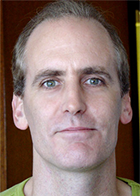
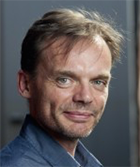
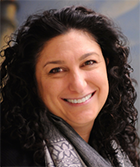
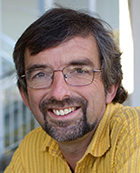
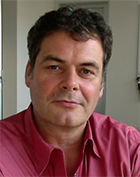
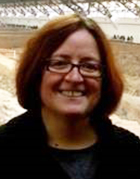
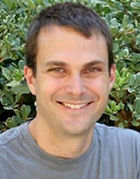
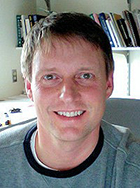
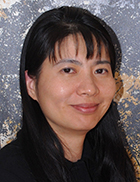
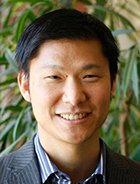

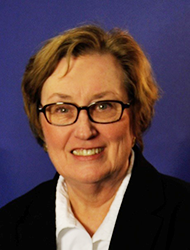 Suzanne began her scientific career at UC Berkeley, and has spent much of her research career at Smith-Kettlewell Eye Research Institute.
Suzanne began her scientific career at UC Berkeley, and has spent much of her research career at Smith-Kettlewell Eye Research Institute.